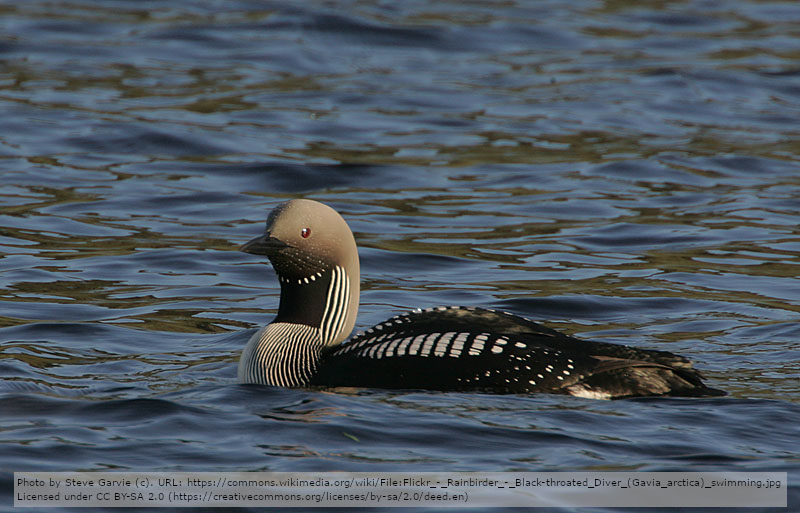Storlommens Gavia arctica häckningsframgång i sydvästra Sverige 1982—1992
DOI:
https://doi.org/10.34080/os.v5.23009Nyckelord:
häckningsbiologi, kullstorlek, populationsstudier, predator-bytesinteraktion, interaktion mellan predator och byte, utsläpp, antropogena effekterAbstract
The breeding success of Black-throated Diver Gavia arctica was surveyed in 65 freshwater lakes in southwestern Sweden during 1982—1992. The production of young, measured as the mean number of well-grown (half-grown to fledged) chicks per stationary pair, as well as the percentage of stationary pairs producing well-grown young, decreased significantly over the study period. Only in one third of the lakes investigated, the production of young exceeded the estimated minimum level assessed as necessary for the maintenance of a stable population size. A lowered percentage of pairs which initiate breeding, in combination with a decreased proportion of successful pairs producing two well-grown young, indicate a general decline in the physical condition of the birds. Two alternative explanations, reduced abundance of prey or increased exposure to high levels of mercury in acidified lakes, are discussed.
Nedladdningar

Downloads
Publicerad
Referera så här
Nummer
Sektion
Licens
Författaren/författarna innehar copyright för varje enskilt bidrag, men samtliga bidrag är publicerade under en Creative Commons-licens, så att vem som helst kan dela och återanvända bidraget förutsatt att copyright-innehavaren erkänns.







